Understanding RDP Powder
RDP (Redispersible Polymer Powder) is a versatile material used extensively in construction and building applications. Its primary function is to improve the properties of cement-based formulations, such as mortar, tile adhesives, and stucco. Before diving into how to choose RDP powder for specific uses, it's essential to grasp its key characteristics, which include high flexibility, excellent adhesion, and water resistance. Knowing these attributes will guide your selection process effectively.
The Importance of Application
When selecting an RDP powder, the first step is understanding the intended application. Different environments and purposes may require varying properties from your RDP powder. For instance, tile adhesives will demand strong bonding capabilities and flexibility, while exterior wall materials may need enhanced water resistance and durability against the elements. Specifying your needs based on application will streamline your selection significantly.
Evaluating Performance Requirements
Performance is another critical factor in choosing the right RDP powder. Consider aspects such as adhesion, flexibility, tensile strength, and elongation when evaluating different products. For high-stress applications, an RDP powder that provides superior tensile strength is essential. In contrast, if you're working with surfaces that experience movement, an RDP powder with high flexibility and elongation will perform better. Make a list of your performance requirements to ensure that the powder you select meets these specifications.
Compatibility with Other Materials
Another important consideration is the compatibility of the RDP powder with other components in your mixture, including cement, aggregates, and other additives. Some RDP powders may not blend well with specific types of cement or filler materials, affecting the overall performance. It is advisable to conduct compatibility tests or consult with the powder suppliers for compatibility data to avoid unexpected results in the field.
Regulatory and Environmental Considerations
In today's ecological landscape, environmental impact is crucial. RDP powders are available in various formulations, including those with low VOC emissions. When choosing RDP powder, check for certifications like LEED or other environmental standards that your project may require. Selecting eco-friendly options not only benefits the environment but may also improve the marketability of your final product.
Additional resources:Why Choose Rutile Titanium Dioxide for Coatings?What are the benefits of Anatase Titanium Dioxide CGA-668?Unlocking the Benefits of Expansive Mortar Cracking Powder1,3-Dimethylurea CAS# 96-31-1 - SincereChemicalMETHOCEL™ - Thickeners for Architectural Coatings ...Why Bulk Titanium Dioxide Enamel Grade Matters Now?Unlock Savings: Concrete Demolition Powder Price GuideCost-Effectiveness and Sourcing
Cost is often a decisive factor in any construction project. While it may be tempting to go for cheaper alternatives, remember that quality should never be compromised. Investing in a reliable RDP powder usually results in long-term savings and fewer performance-related issues down the line. Additionally, evaluate the sourcing options available; local suppliers may offer quicker delivery times and lower transportation costs, allowing for better project management.
Testing and Quality Assurance
Before making a final decision, consider conducting trials to evaluate the chosen RDP powder's performance characteristics in real conditions. Small-scale testing will provide insights into mixing properties, application techniques, and overall effectiveness. Always prioritize suppliers who have robust quality assurance measures in place, ensuring that what you purchase meets industry standards and your project needs.
Conclusion
In summary, choosing the right RDP powder is a multi-faceted process that focuses on understanding your specific application needs, performance requirements, compatibility with other materials, cost-effectiveness, and environmental considerations. By approaching the selection process methodically and conducting proper evaluations, you can ensure that your choice will contribute to the success of your construction projects.
Want more information on rdp powder uses, top tile adhesive companies in india, hydroxypropyl methyl cellulose manufacturers china? Feel free to contact us.
Additional resources:2024 Insights on Precipitated Barium SulphateUnlocking Titanium Dioxide Anatase Enamel: Uses & BenefitsWhat Are the Benefits of High-Quality Titanium Dioxide?Is Rock Cracking Powder Safe for DIY Projects?What Are the Benefits of Natural Barium Sulphate?What are the benefits of Titanium Dioxide in ceramics?How is Concrete Demolition Powder Price Affecting Projects?




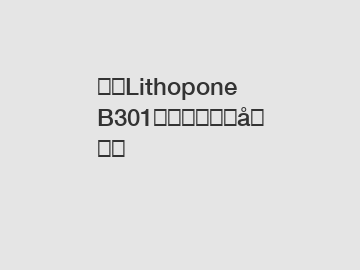

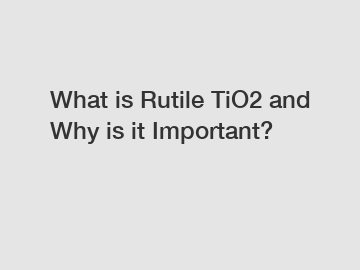
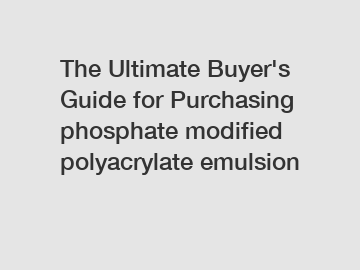

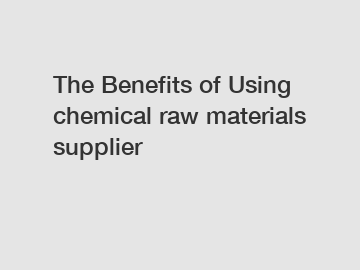
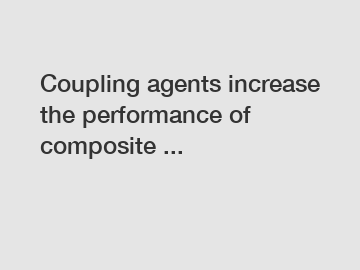
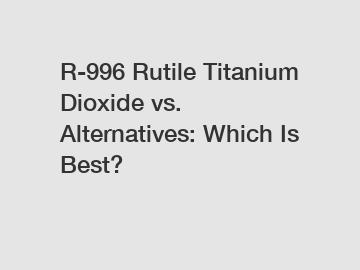
Comments
All Comments ( 0 )